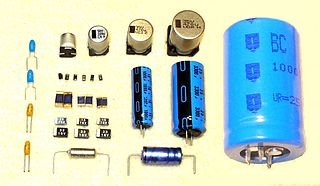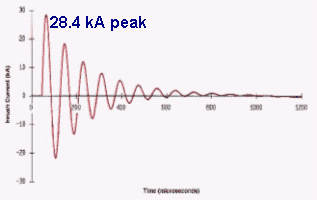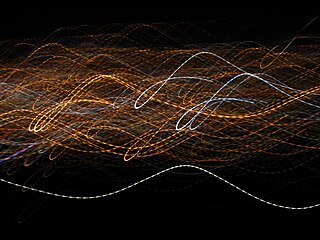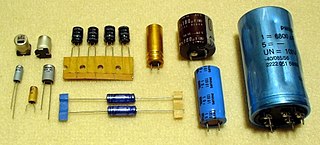Surge Waveforms
The surge is defined by the Combination Wave Generator's open-circuit voltage and short-circuit current waveforms, characterized by front time, duration, and peak values. With an open circuit output, the surge voltage is a double exponential pulse in the form of . With a short circuit output, the surge current waveform is an underdamped sine wave. The ratio between the peak open-circuit voltage and the peak short-circuit current is 2, giving an effective output impedance of 2 Ω.
Usually, the voltage waveform has a 1.2 μs front time and a 50 μs duration, and the current waveform has a 8 μs front time and 20 μs duration. This is the most commonly used surge waveform for most applications, often referred to as a "1.2/50-8/20 μs" surge.
Alternatively, for outdoor telecommunication networks that experience a higher surge level, the standard also defines a more energetic generator with a 10/700 μs voltage waveform and a 5/320 μs current waveform.
Front time and duration are not measured directly, but as virtual parameters derived from measurements. For open-circuit voltage, front time is defined to be 1.67 times the 30%-90% rise time, duration is defined as the time interval between the 50% point of its rising edge and the 50% point of its falling edge. For short-circuit current, front time is defined to be 1.25 times the 10%-90% rise time, duration is defined as 1.18 times time interval between the 50% point of its rising edge and the 50% point of its falling edge.
At the output of the generator, a 30% undershoot below zero is allowed. There's no overshoot or overshoot limit at the output of the Coupling Network.
Comparison with different standards
IEC 60060-1
It's worth noting that both "1.2/50 μs" voltage and "8/20 μs" current impulses are classic waveforms with a well-established history of use in high-voltage testing for electric power transmission. [2] Thus, these waveforms are also defined by IEC 60060-1 "High-Voltage Test Techniques" and other standards in this context. In fact, the waveform definitions in IEC 61000-4-5 were originally based on IEC 60060-1. [3] [4]
Nevertheless, there are important differences. In traditional high-voltage testing, voltage and current impulses are tested separately, not in combination. The "1.2/50 μs" generator is designed for insulation testing, and produces a high-voltage, low-current impulse into a high-impedance load. The output current of this generator is on the milliampere scale. [2] [5] The "8/20 μs" generator is designed for surge arrester testing, and produces a high-current surge into a low-impedance load. [2] On the other hand, modern electronic devices can be high and low-impedance loads simultaneously due to non-linear devices, protection circuits, and arcing in a dielectric breakdown. As a result, it motivated the creation of the Combination Wave Generator with the ability to generate a high-voltage, high-current output during the same surge. [2] In addition, both standards have different waveform tolerances [6] and other technical requirements. Thus, IEC 61000-4-5 is not to be confused with IEC 60060-1 and other high-voltage tests that also use a "1.2/50 μs" or "8/20 μs" impulse. [5]
IEC 61000-4-5 Ed. 2 and Ed. 3
When a Coupling Network is used, past experience has shown inconsistent waveforms between different generators. Thus, an important change in IEC 61000-4-5 Ed. 3 is that a Combination Wave Generator must be verified only with a 18 μF capacitor attached at the output. This causes a significant impact to the short-circuit current waveform. If the generator is to be designed without the coupling capacitor in mind, the output would no longer be standard compliant. [7]
Third Edition also simplified waveform definitions. The earlier standard contained two definitions of "1.2/50-8/20 μs" waveform parameters, based on either IEC 60060-1 or IEC 60469-1, and two definitions of "10/700-5/320 μs" waveform parameters, based on either IEC 60060-1 or ITU-T K series. Ed. 3 removed references to these standards and gives standalone definitions. [3] [4] Especially, front time has been redefined in terms of rise time, rather than a time interval from an extrapolated "virtual origin" using IEC 60060-1's approach. This allows one to use the built-in measurement feature on an oscilloscope, simplifying test procedures. For practical purposes, the differences between both definitions are negligible. [7] However, because the new definition was created using IEC 60060-1 as its basis, a generator calibrated according to IEC 60469-1's definitions may no longer be standard compliant. [4]














































































